Description
Short Wave Diathermy is electrically induced heat or the use of high-frequency electromagnetic currents as a form of physical or occupational therapy and in surgical procedures. The field was pioneered in 1907 by German physician Karl Franz Nagelschmidt, who coined the term diathermy from the Greek words diaand θέρμη therma, literally meaning “heating through” (adj., diather´mal, diather´mic).
Diathermy is commonly used for muscle relaxation, and to induce deep heating in tissue for therapeutic purposes in medicine. It is used in physical therapy and occupational therapy to deliver moderate heat directly to pathologic lesions in the deeper tissues of the body.
Diathermy is produced by three techniques: ultrasound (ultrasonic diathermy), short-wave radio frequencies in the range 1–100 MHz (shortwave diathermy) or microwaves typically in the 915 MHz or 2.45 GHz bands (microwave diathermy), the methods differing mainly in their penetration capability.[1] It exerts physical effects and elicits a spectrum of physiological responses.
The same techniques are also used to create higher tissue temperatures to destroy neoplasms (cancer and tumors), warts, and infected tissues; this is called hyperthermia treatment. In surgery diathermy is used to cauterize blood vessels to prevent excessive bleeding. The technique is particularly valuable in neurosurgery and surgery of the eye.

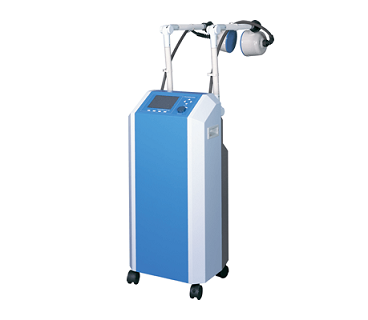
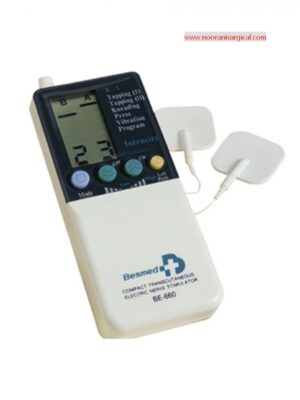
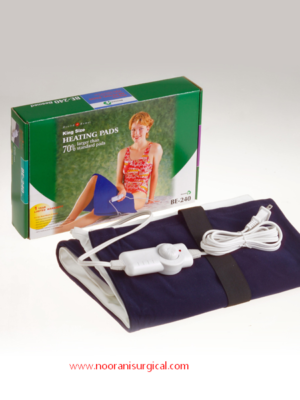
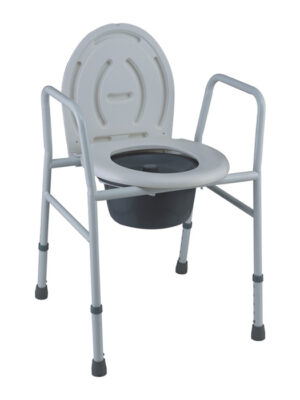
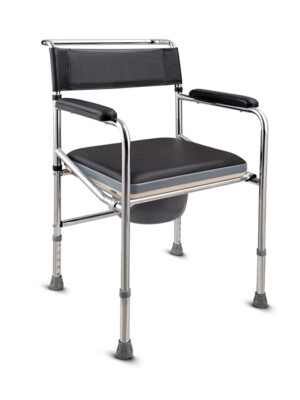
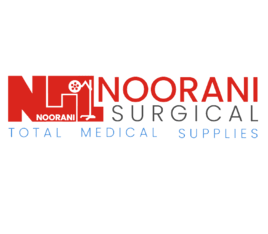
Reviews
There are no reviews yet.